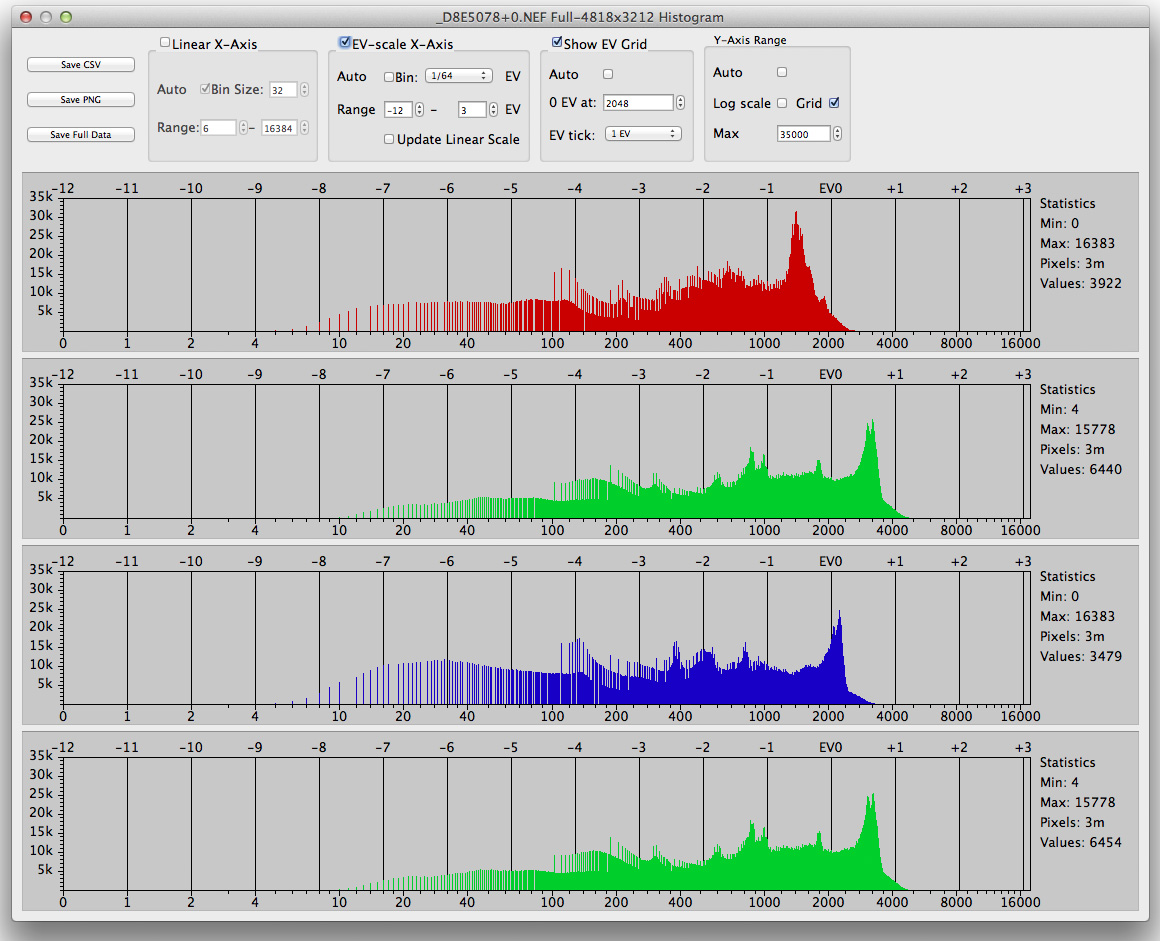EXCERPT page containing first few paragraphs. 2024-04-23 15:30:45
UA_SEARCH_BOT_compatible_botmozilla/5.0 applewebkit/537.36 (khtml, like gecko; compatible; claudebot/1.0; +claudebot@anthropic.com) @ 3.145.60.166
For full access, subscribe here. Or click title to login. ![]()
Bits, Signal and Noise
With digital images, dark tones are represented with very few values. With a digital sensor, there is measurement error called noise. The digital sensor noise is always of low numeric values— hence the errors (noise) show up in the dark tones. Noise increases and creeps up into the mid-tones with higher ISO (as the sensor readout is more amplified).
As a simple example, a pixel that should read as pure black (a value of zero) might actually measure at 0, 1, 5, 8 13 or 20 (or whatever). A pixel that should measure at 17 might read out at 7, 13, 17, 23 or whatever. This error is random by pixel, but in practice there can be streaks/banding and/or grid-like patterns (particularly ugly). Colored speckles and a color cast are typical, as well as brightness variation. It gets worse at higher ISO values.
Article continues for subscribers...
Diglloyd Making Sharp Images is by yearly subscription. Subscribe now for about 13 cents a day ($50/year).
BEST DEAL: get full access to ALL 8 PUBLICATIONS for only about 75 cents a day!
Diglloyd Making Sharp Images articulates years of best practices and how-to, painstakingly learned over a decade of camera and lens evaluation.
Save yourself those years of trial and error by jump-starting your photographic technical execution when making the image. The best lens or camera is handicapped if the photographer fails to master perfect shot discipline. High-resolution digital cameras are unforgiving of errors, at least if one wants the best possible results.
- Eases into photographic challenges with an introductory section.
- Covers aspects of digital sensor technology that relate to getting the best image quality.
- Technique section discusses every aspect of making a sharp image handheld or on a tripod.
- Depth of field and how to bypass depth of field limitations via focus stacking.
- Optical aberrations: what they are, what they look like, and what to do about them.
- MTF, field curvature, focus shift: insight into the limitations of lab tests and why imaging performance is far more complex than it appears.
- Optical aberrations: what they are, what they look like, and what to do about them.
- How to test a lens for a “bad sample”.
Intrigued? See Focusing Zeiss DSLR Lenses For Peak Performance, PART ONE: The Challenges, or (one topic of many) field curvature.


